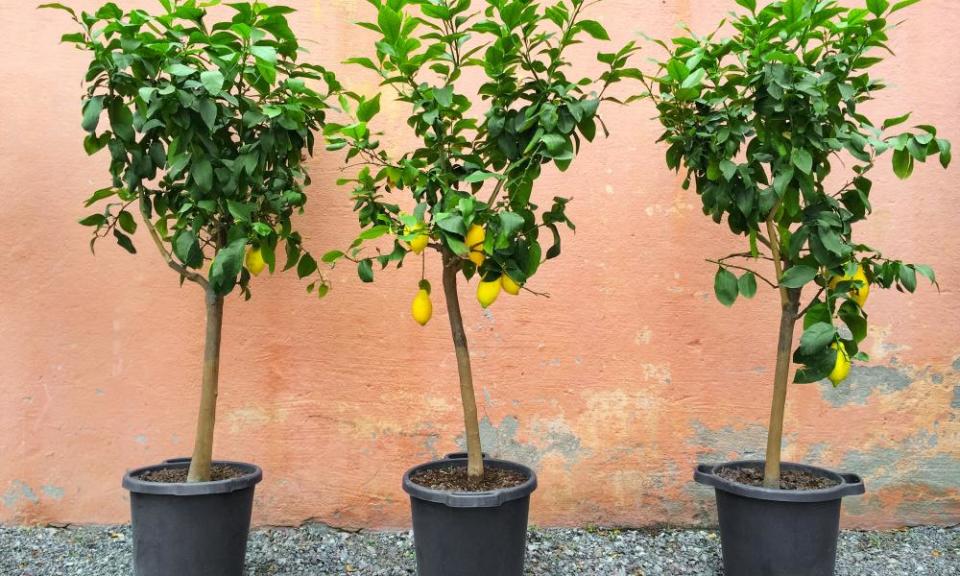Want to ensure your lemons survive the winter? Bring them indoors

In some other version of my life, I own a limonaia – a 17th-century Italian lemon house. I’m not greedy; I don’t need the mansion that goes with it. My lemon trees and I could live in the house together, bask in the floor-to-ceiling windows and never get seasonal affective disorder.
The stark reality is, my lemons spend the winter at the end of my bed, eking out what they can from two north-facing windows. There is little room anywhere else in the house, so their winter residency is spent endlessly pirouetting as I turn the pot to keep the leaves in good health.
At the end of spring, I kick them outside and don’t let them back in again until the first hard frost, usually some point around now. Outdoors, they sit tucked into a corner between the house and the side return, a spot that can dodge a lot of frosts, which means I can afford to wait until the very last minute before I have to bring them in to the reduced light levels of the house.
My lemons spend the winter at the end of my bed, eking out what they can from two north-facing windows
Other than kumquats, most citrus are more resilient to cold than you might expect. They can overwinter very well at around 4C, but it’s the combination of cold and wet that takes them out. Therefore, it makes sense to bring them indoors, unless you have a greenhouse. Ideally, they need a sunny position nowhere near a radiator, as the dry heat will do them no good.
Many varieties of lemons will flower year-round, particularly four seasons and eureka, which are two of the easiest to grow. As lemons are self-fertile, as long as you mist the flowers to help them set, there’s a chance of fruit.
The lemons themselves can take up to a year to ripen and thus you have to keep on top of watering – too little, or a sudden temperature change, and the fruit (and leaves) will drop off.
If there is fruit on the plant, gently squeeze these; if they don’t feel plump, water a little more. The other way is to check the weight of the pot by gently hefting it to its side. If it feels heavy, there is water in the soil; if it feels light, it’s time to water again.
Too much water is just as bad as too little, as lemon roots rot easily over winter, particularly if the plant is made to stand in water. The solution is to stand the pot in a large saucer filled with Leca balls or pebbles and make sure the water level is kept just below these. This will increase humidity without drowning the plant. Finally, citrus are very hungry plants and will need feeding all year round. I like Dr Forest’s general-purpose feed (it’s excellent for other houseplants too), which is organic, made here in the UK, and full of good stuff.

 Yahoo Finance
Yahoo Finance 